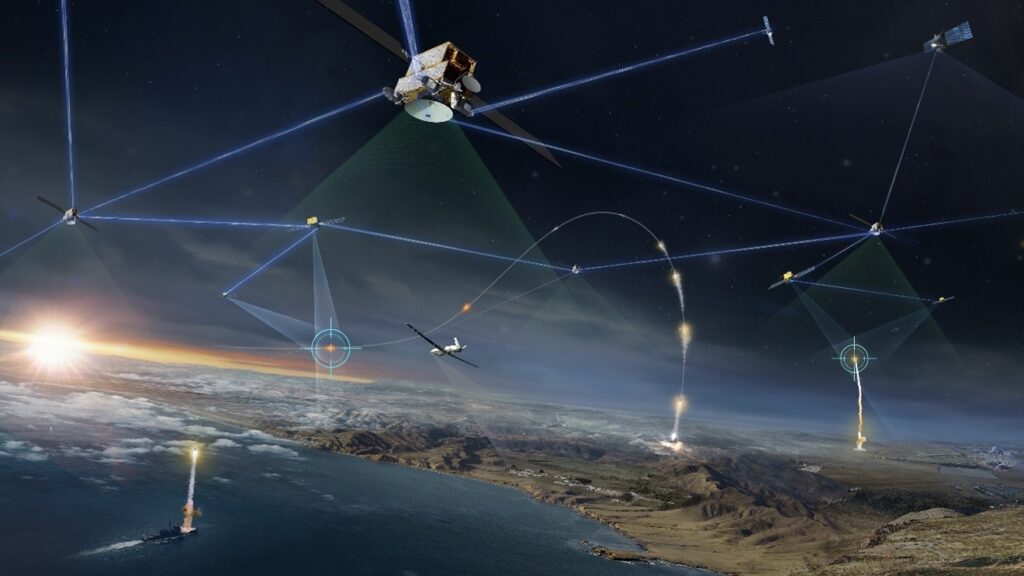Cybersecurity Best Practice Is Critical for Winning the New Space Race
As the low Earth orbit market prepares to double over the next
five years, to the tune of around $20 billion, we sit on the edge of a new
space race. However, amid rapidly falling launch costs and a host of
technological advancements, it’s safe to say that this race is heading into new
territory.
These digitizations relate to the role of sensors and data
processing, and a plethora of applications that aid ground control and
observation operations.
One segment of the race that is still yet to pick up speed,
however, relates to cybersecurity. The implications of attacks on satellites
are self-evident, but the resilience and protection of these galactical systems
require further exploration and a mass team effort.
Familiarity in Space
The difficulties that come with protecting devices in space comprize
multiple complex systems within systems — each playing different roles and
being deployed by different players.
Satellites are effectively just platforms with embedded systems
and interfaces, including radio communications, telemetry tracking control
systems, and ground segment connections. These are all essentially enterprise
networks, but that also makes them avenues of opportunity for
cybercriminals.
These systems are underpinned by a complex supply chain — another
prime target for attackers, as we’ve seen on the ground through examples like
SolarWinds, where the supply chain served as a gateway to all other interfaces.
Not only does this make systems in space more familiar than you
might think, it also makes them more challenging to defend.
As such, the satellite door is potentially being left ajar to
hacktivists, financial crusaders, and state-acting spies who can use their significant resources to target other countries’ prized
space assets.
The “How” and “Why” of Space Attacks
Why attack space when there are systems on land?
The answer is twofold, based on how familiar these satellite
platforms actually are, and what attackers stand to gain by infiltrating them.
Addressing the former, “under the hood” of a satellite
is a platform. More often than not, the embedded system within that platform
may be as recognizable as a Linux operating system. And while the operations…





